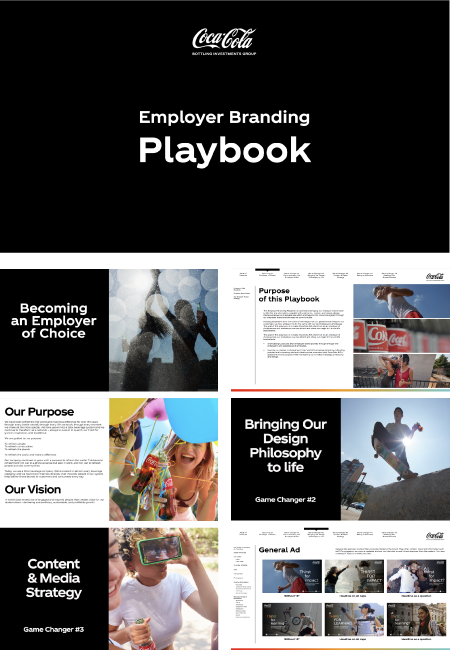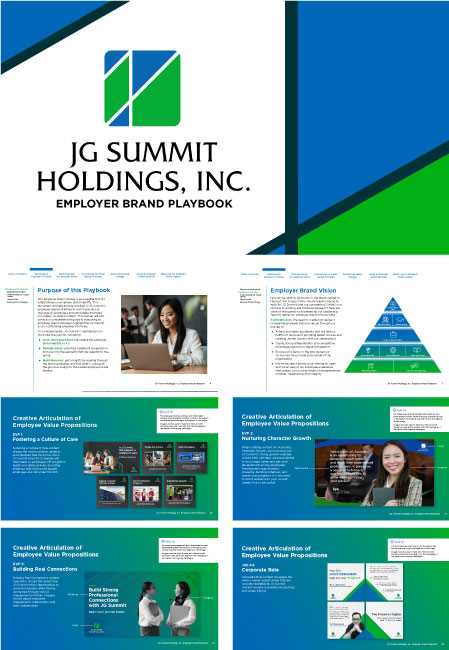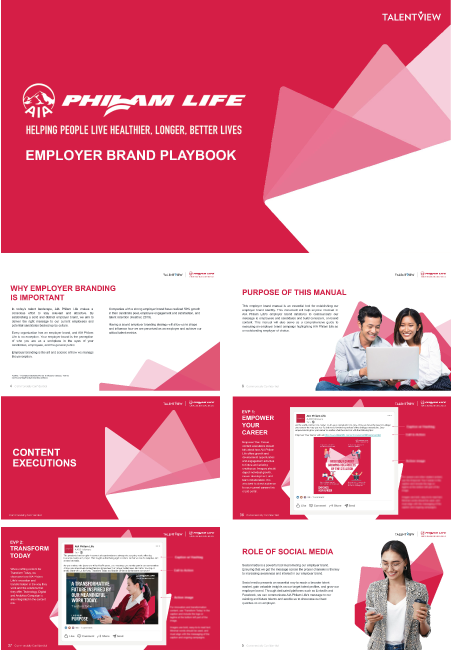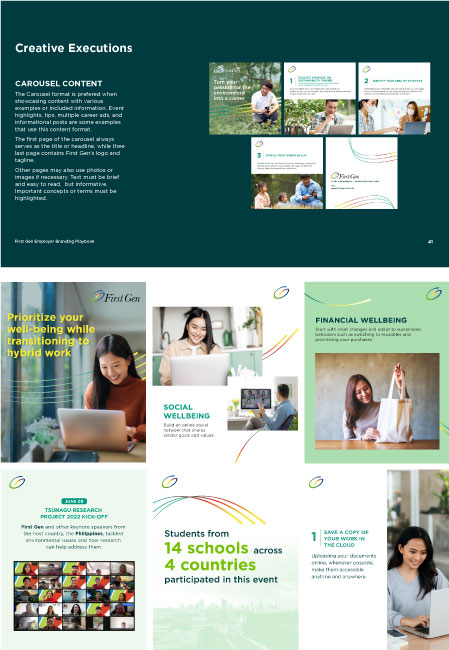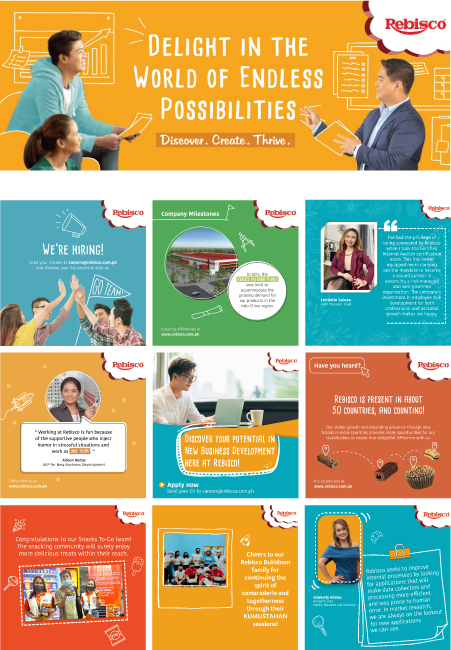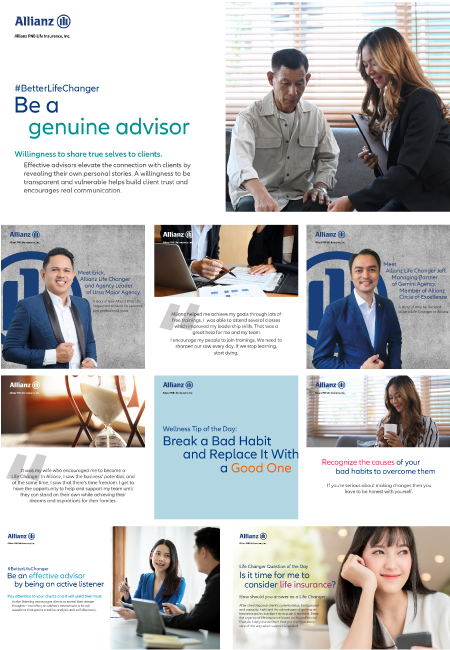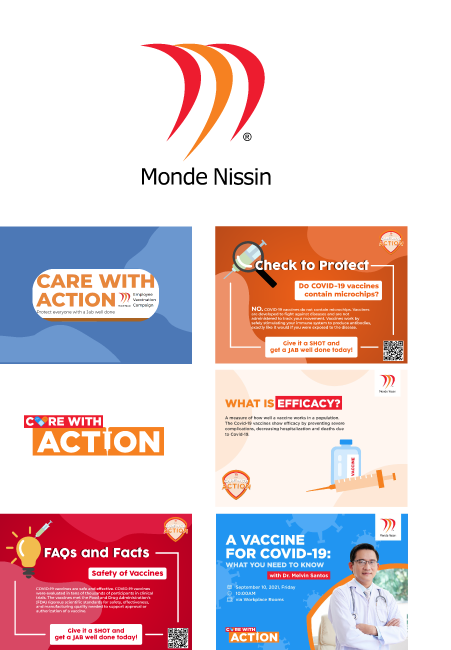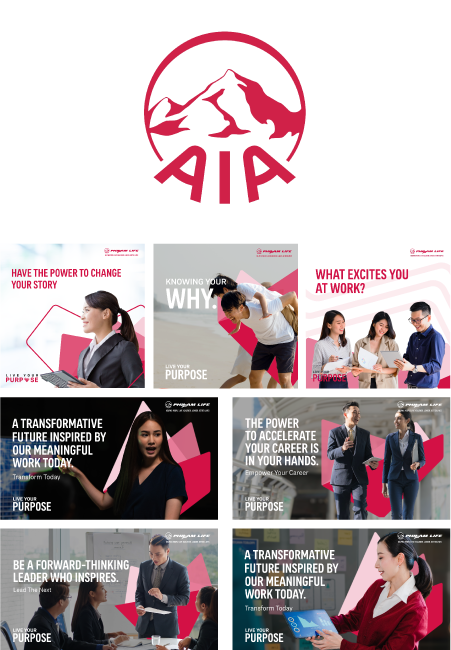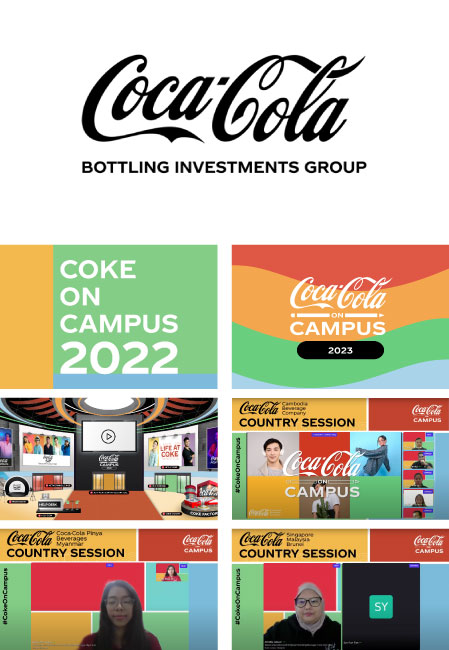Modern Mentoring: What It Takes to Cultivate a Virtual Connection
Introduction
Social distancing has disrupted the way people work and connect with each other. For the past few months, technology and forced digital adoption have been the saving grace of the virtual workplace. However, the downfall comes with the isolation that makes people crave for human interaction. As a program built on human-to-human connection, mentorship would like to pick up the conversation.
Now more than ever, mentees need to leverage on the emotional bond and support provided by their mentors. Reassurance goes a long way in easing their worries about the future and building courage to thrive despite the situation. As stated by authors David Smith and Brad Johnson, “Mentors play a pivotal role in safeguarding retention and building organizational commitment, particularly in times of crisis.”
Steps to a Successful Modern Mentoring

1- Program Recruitment: Visualize the Vision
Limited face-to-face interactions call for HR to start thinking like a marketer. In building program awareness, a simple Town Hall announcement is no longer effective. You need strong advocates and compelling stories around your goals to entice participants. Introducing relatable characters can be a great way to bring the vision alive. For a mentor persona, take Yoda (Star Wars) or Dumbledore (Harry Potter) as examples. These characters help participants picture the journey they will be going through. Personal experiences of former mentors and mentees are good stories to share as well. Have them talk about the program and its importance during a virtual meeting. You can also create a feature video or use their feedback as content for a social media post.
Explore different forms of promotional content to engage potential participants. Maximize your internal communications platform by releasing content on a weekly basis. The goal is for employees to get excited about the mentoring program.


(Sample social media post through Workplace from Facebook)
2- Mentor-Mentee Matching: Shape a Purposeful Partnership

Mentoring connects individuals who have knowledge that the other individual aspires to have. Mentors must have experiences that align to the needs of the mentees. Meanwhile, mentees must have the focus and commitment in driving the partnership. There needs to be a check and balance between the two. The most effective partnerships rely on their ability to add value to one another.
Mentoring softwares make it easy to conduct mentor-mentee matching. But, if you are not ready to make this investment yet, there are available tools to help you conduct this.
Start by building mentor and mentee profiles. Create a questionnaire (e.g. Google forms) to get a clearer picture of who they are as mentors/mentees. Ask about their expectations, ideal partners, and learning focus. Identify their strengths and learning styles through competency-based assessments and video interviews. Based on the information gathered, match participants with complementing profiles and skillset. Leverage on strengths that address the needs and aspirations of the other.

(Sample Talegent Leadership Growth Potential Report)
3- Mentoring Sessions: Build and Sustain the Community
There is a better support system when participants know they are not doing it alone. This begins with the program orientation to kickoff the mentoring sessions. Orientation sets the tone of the program. It is important to continue getting their buy-in even though they are already part of the program. Get on a web call (e.g. Zoom) and set breakout sessions for mentors and mentees. You can use this time to prepare each group for their mentoring sessions. Mentors can have a skills development training; mentees can have a goal-setting session.
Maintain the engagement by creating a discussion group and posting conversation starters. This way, you can monitor each pair's progress without holding meeting checkpoints. It also allows mentors and mentees to get insight from others even on a casual setup. You can also share articles or references that they can use in their journey. Ask them to share their photos to the group after a mentoring session. Craft a content calendar to keep track of the engagement posts you need to make. Sustaining a community requires constant communication between administrators and participants. This does not always have to be a call or a formal meeting. Creativity goes a long way.

(Sample Program Launch Thank You post through Workplace from Facebook)
Virtual connection is not a one-time big-time matter. It is cultivated through a series of deliberate attempts to connect with one another. Mentoring programs offer strong bonds to the participants and the organization itself. This does not need to change whether it is happening online or not. In a time we need more human interactions, it is an opportunity to explore ways of staying connected.
DOWNLOAD A SAMPLE TALEGENT LEADERSHIP ASSESSMENT REPORT

Get the report to see how Talegent can help you predict a candidate's Leadership at work.





